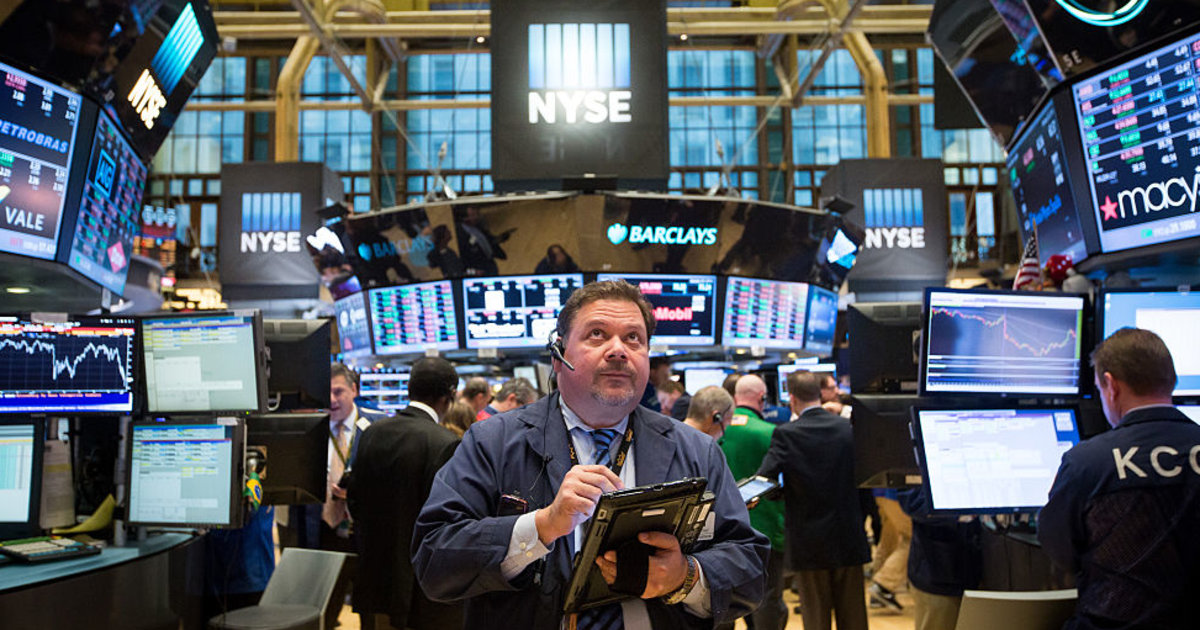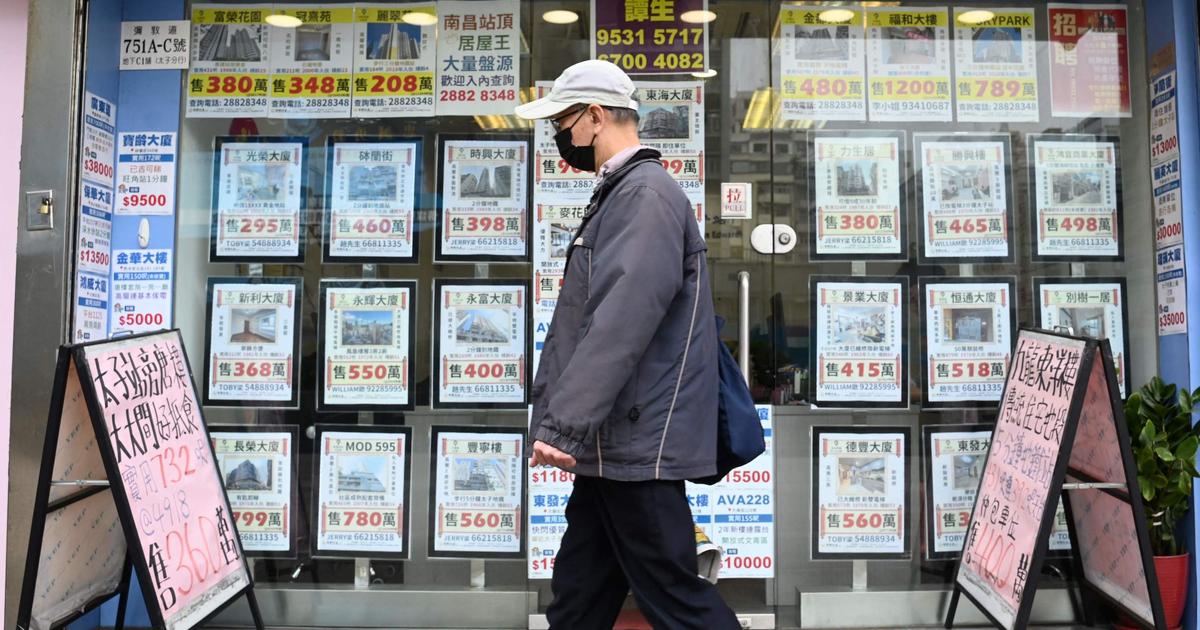This is how the saucepans sound in Shanghai against strict confinement 1:03
(CNN) --
China has introduced lockdown measures in its two largest cities, Beijing and Shanghai, the twin engines that power much of the nation's economy, in an uncompromising bid to stamp out Covid-19 outbreaks.
Shanghai is at the center of the latest outbreak, reporting more than 10,000 new cases a day.
Authorities have responded with a weeks-long citywide lockdown, locking nearly all of the once-bustling financial center's 25 million residents into their homes or neighborhoods.
"April Voices": Chinese Internet Users Protest Censorship of Shanghai Lockdown Video
Meanwhile, authorities in Beijing have launched a massive testing operation, closing schools and imposing targeted lockdowns on some residential buildings in a bid to control infections.
Those actions have sparked fears of a broader Shanghai-like lockdown.
Throughout the pandemic, China has adhered to a strict zero-Covid strategy that uses lockdowns, mass testing, quarantines and border closures to contain the virus.
But the arrival of the highly infectious omicron variant has called into question the sustainability of that strategy, as the virus spreads to different cities and provinces faster than the government can contain it.
Authorities are now enforcing full or partial lockdowns in at least 27 cities across the country, with these restrictions affecting up to 165 million people, according to CNN estimates.
This is what you need to know about the covid-19 situation in China.
advertising
Health workers inside a residential complex in Changchun, China, on April 19.
Where are there lockdowns and restrictions?
Cases in China began to rise in March, soon becoming the worst outbreak the country has seen since the initial one in Wuhan in early 2020.
The northeastern province of Jilin was hit hard during the early stages of the outbreak.
On March 11, authorities placed the provincial capital, Changchun, an industrial hub, under strict citywide lockdown, and the nearby city of Jilin did the same on March 21.
On Thursday, authorities in Changchun and Jilin city, which have a combined population of more than 13.5 million residents, said they would soon begin gradually easing lockdowns, though it is unclear what that process will look like or under what conditions. People will be allowed to leave their homes.
Authorities also locked down several other cities, including the main economic hub of Shenzhen, in March, though some of these measures have since been lifted.
Shanghai, which has recorded more than half a million cases since March 1, introduced a staggered lockdown later that month.
This had expanded to a full citywide lockdown by the end of the month.
Panic buying in Beijing on possible lockdown fears 0:54
Some neighborhoods may begin easing lockdown measures if they have not reported cases in the past two weeks, Shanghai authorities said on Wednesday, but it is a tenuous freedom, with the threat of a new lockdown if a single local case is detected.
In Beijing, a massive testing campaign has covered nearly 20 million residents, about 90% of the city's population.
Another round of citywide testing is planned for April 27-30.
The targeted lockdowns in Beijing's Chaoyang district this week prohibited residents of 13 buildings from leaving their apartments and residents of 33 other buildings from leaving their residential compounds.
The capital closed schools in many of its most populous districts on Thursday.
Several major hospitals also announced they would close, and a growing number of entertainment venues, including movie theaters, were also ordered closed.
Full or district lockdowns are in place in more than two dozen cities, including Hangzhou, home to 12.2 million people;
Suzhou, home to 12.7 million people, and Harbin, home to 9.5 million people.
It covers 14 provinces, from the remote northeastern province of Heilongjiang to the south of Guangxi and the mountainous western province of Qinghai.
Residents under lockdown line up in the rain for COVID-19 tests in Beijing on April 27.
How is life in lockdown?
Much of Shanghai's lockdown has been marked by chaos and dysfunction, sparking alarm in other cities that fear they may be next.
Many residents have complained about food shortages, lack of access to medical services, poor conditions in makeshift quarantine camps and heavy-handed measures such as authorities separating infected children from their parents.
In March, an off-duty nurse in Shanghai died after being turned away from an emergency room in her own hospital that was closed for disinfection.
In early April, a corgi was beaten to death by a healthcare worker after his owner tested positive for Covid.
The death was captured on camera.
Last week, workers reportedly broke down the door of a 92-year-old woman's home in the early hours of the morning to force her to self-quarantine.
Video about the confinement in Shanghai that the Chinese government prohibits viewing 4:08
These stories and many more have gone viral on Chinese social media, sparking a rare online outcry.
Similar stories have also been reported from other parts of the country.
In March, students at a closed university in Jilin city asked for help, saying they had been left alone without basic supplies.
Also in March, some Changchun residents reported difficulty receiving medical care for illnesses unrelated to COVID-19, such as cancer or kidney conditions, with hospitals turning away patients.
These incidents, particularly in Shanghai, long seen as China's most modern and cosmopolitan city, have put people on high alert elsewhere.
Although Beijing has yet to restrict people's movement out of designated high-risk areas, many residents, fearing a broader lockdown, began panic-buying this week, forming long lines at checkout lines. supermarkets and emptying the shelves.
What has been the economic cost?
Lockdowns and restrictions have dealt a heavy blow to activity, particularly in economically important cities such as Shanghai and Shenzhen.
Unemployment hit a 21-month high in March.
Many companies have been forced to suspend operations in various places, including carmakers Volkswagen and Tesla and iPhone assembler Pegatron.
China's currency, the yuan, weakened rapidly this week, falling to the lowest level since November 2020.
There are signs that Chinese leaders are also nervous.
In March, President Xi Jinping said that China should "minimize the impact of the epidemic on economic and social development."
On Tuesday, Xi called for a "full" infrastructure splurge to promote growth, an unusual move for the Chinese leader, who rarely sets out detailed economic plans, and usually leaves that to Premier Li Keqiang.
The Chinese government is "painfully aware of the damage to the economy," said Jörg Wuttke, president of the European Union Chamber of Commerce in China, earlier this month.
He cited a private meeting with a Chinese ministry, but declined to name the agency.
"They are worried about unemployment," he added.
"They are concerned that foreign companies will put money elsewhere."
Residents line up for COVID-19 tests during a lockdown in Shanghai on April 27.
Why is China sticking to the zero covid strategy?
Despite growing anger over chaotic lockdowns and a relatively low death toll until this latest outbreak, officials and state media have indicated that China's zero-Covid policy will not change anytime soon.
Shanghai's dire situation "highlights the need to stick to the dynamic zero-Covid policy," the nationalist Global Times tabloid said on Wednesday.
"If Shanghai, endowed with the best medical system in the country, urgently needs help to deal with a growing number of serious cases, who will be there to offer help if other parts of China also have to fight the onslaught of the coronavirus?"
There are a few reasons why China is sticking so stubbornly to the zero covid strategy.
Many Chinese leaders and scientists have raised concerns that easing restrictions could allow the virus to spread throughout the country, potentially causing a surge in infections and deaths and overwhelming the health care system, especially due to low vaccination rates among the elderly.
Why, if the vaccine already exists, does China insist on confinement?
3:01
While China has focused enormous resources on developing and manufacturing local vaccines, it has failed to ensure that they reach the arms of the elderly population.
Now, with authorities holding out expectations that death rates in the country will remain low, they have no choice but to rely on lockdowns to protect the vulnerable.
There is also a political element, with Xi putting his personal stamp firmly on the zero covid policy during the pandemic.
The central government has frequently pointed to the low official death toll as evidence of the effectiveness of its strategy and to polish its claims of superiority over Western governments.
Xi personally reiterated his support for the zero-Covid strategy during the pandemic, saying last year that it showed China's commitment to saving "all human lives," putting the stakes high as the government struggles to contain the virus. virus, sustain the faltering economy and quell public discontent.
And for Xi, it comes at a particularly sensitive time, months before his expected move to a near-unprecedented third term this fall.
BeijingShanghai









